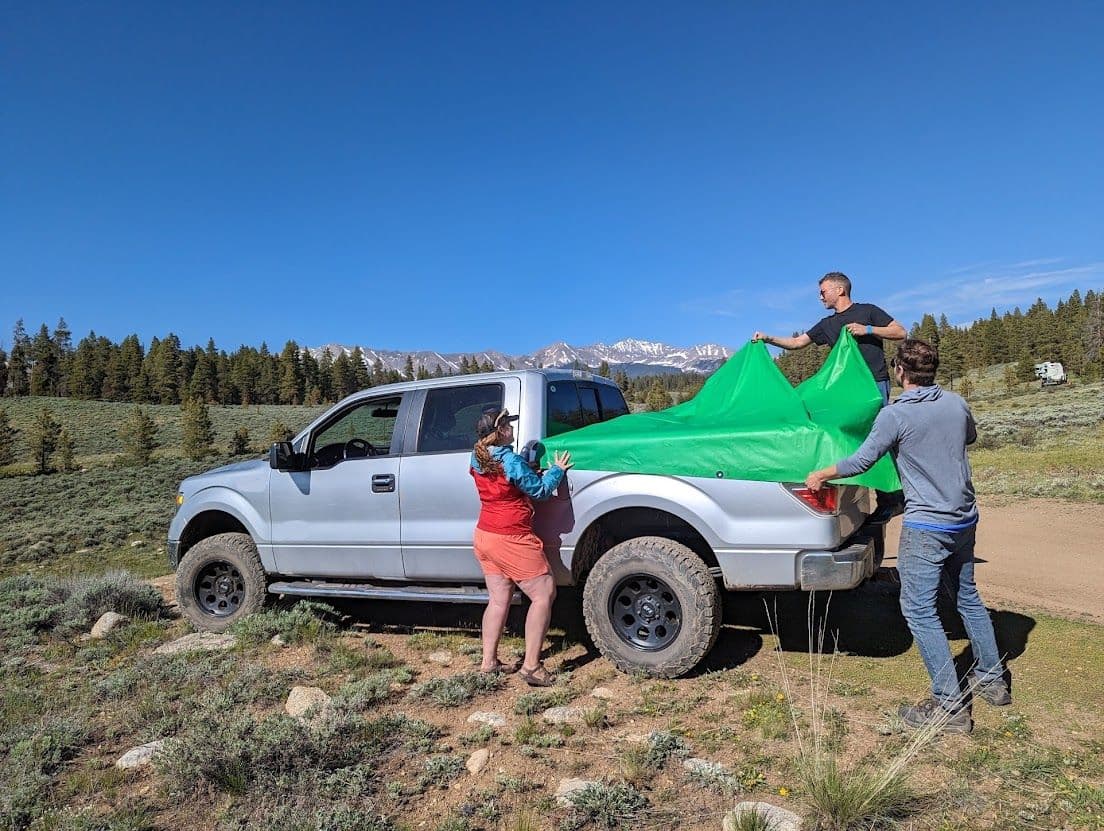1. What specific properties of polypropylene make it a viable coated fabric base for high-performance applications like ski seats, hoop houses, and industrial tarps?
Renegade's proprietary polypropylene-coated fabrics are designed for extreme durability, making them ideal for demanding applications like ski seating, greenhouse tunnels, and industrial covers. They offer exceptional UV stability, cold-weather resilience, and chemical resistance, all while being lighter and easier to handle than conventional PVC or polyurethane-coated options.
2. Your material claims a 30–40% weight reduction compared to PVC-coated fabrics. Could you detail how this reduction impacts structural performance and lifecycle emissions?
This significant weight reduction—up to 40% lighter than PVC-coated fabrics—translates to easier transport and installation without compromising on strength. In fact, tensile performance is often improved. Additionally, because polypropylene has a lower carbon footprint and the material mass is reduced, Renegade’s lifecycle emissions are cut by over 50% compared to traditional PVC-based textiles.
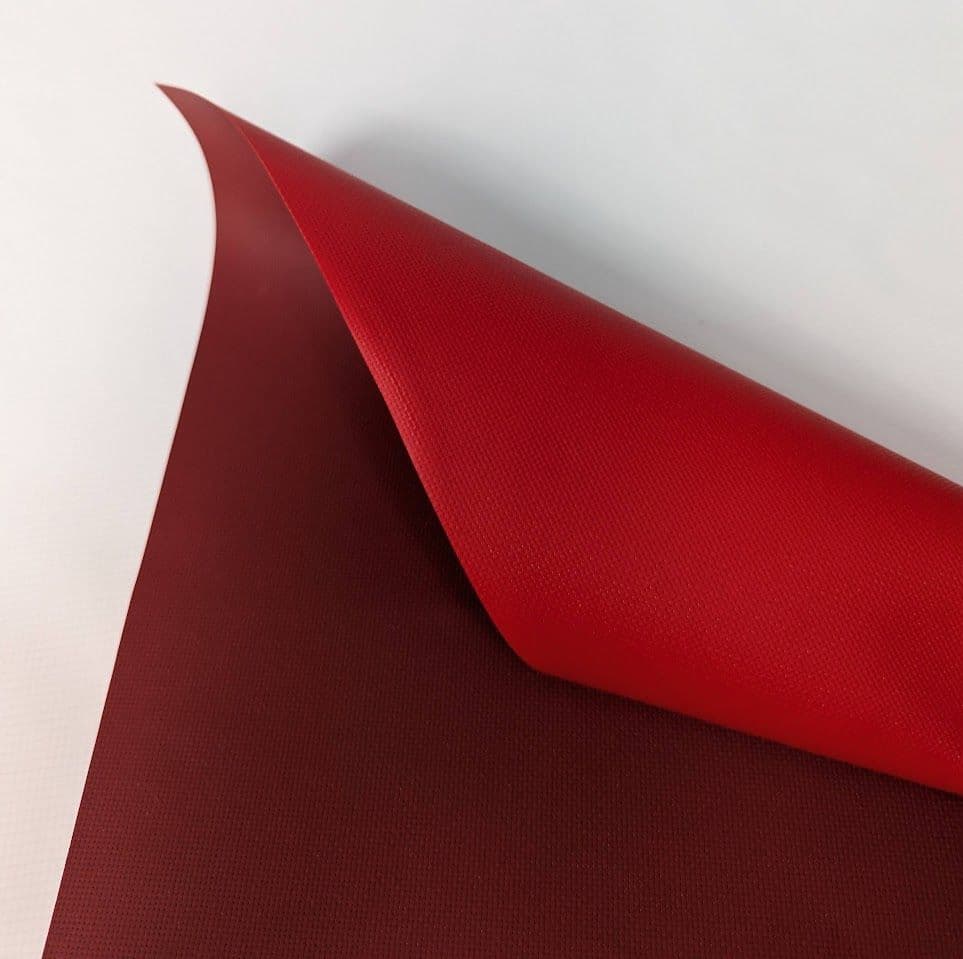
3. What strategies did you use to match—or even outpace—the UV, chemical, and thermal resistance of vinyl fabrics?
We combined rigorous testing, rapid prototyping cycles, and direct user feedback to fine-tune our coatings. By iterating on sample batches under real-world UV, chemical, and temperature stresses—and adjusting additives and weave structure accordingly—we consistently met or exceeded performance standards seen in vinyl-coated fabrics.
4. Could you elaborate on the process of adapting polypropylene-based fabrics to function seamlessly within existing fabrication systems without requiring behavioural or tooling changes?
Our strategy was to build an ecosystem of compatibility. This means collaborating with tooling manufacturers, supplementary material suppliers (e.g., PP thread, webbing, zippers), and end users to ensure seamless integration. We then refer customers to these trusted partners and even coordinate co-branded marketing efforts to streamline adoption.
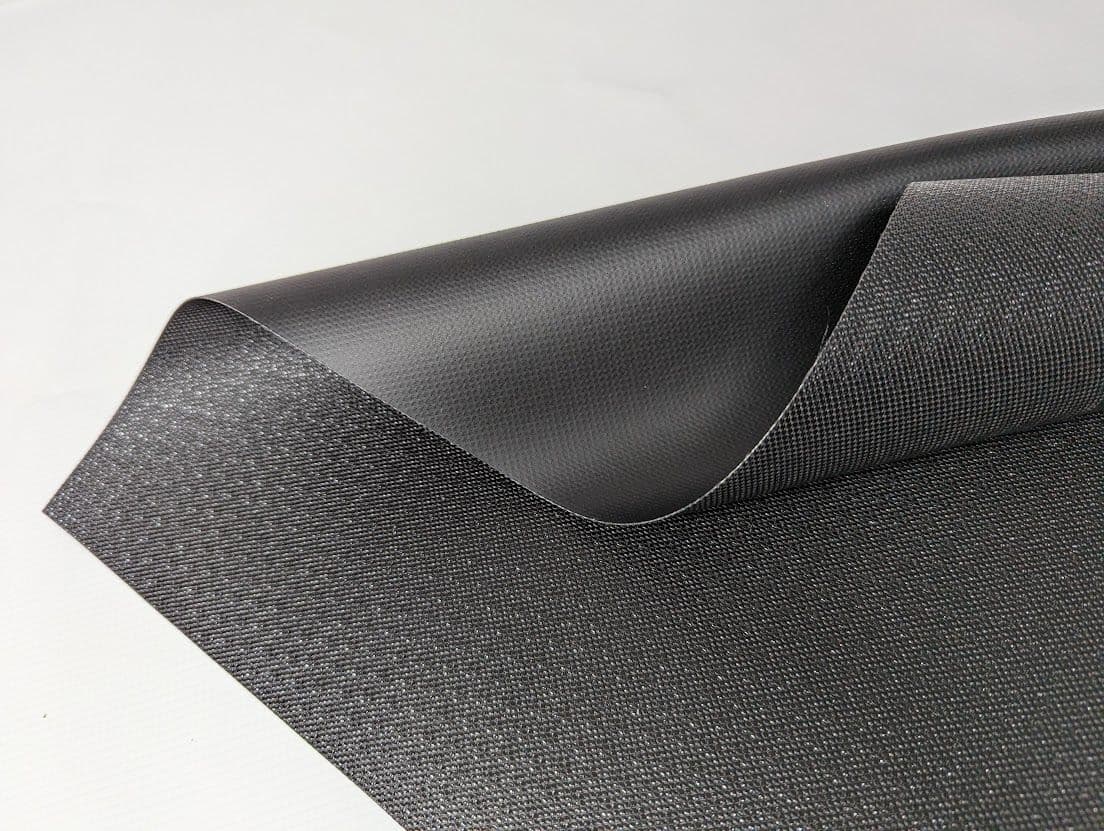
5. What role do surface treatments or coating techniques play in ensuring waterproofness, fire retardancy, and chemical resistance across varied industry use cases?
Our philosophy is minimal chemical load. Most of our products rely on the intrinsic performance of polypropylene, with only selective surface treatments—like corona or plasma treating—used in niche cases to meet fire retardancy or specialized chemical requirements. This keeps the product safer and more recyclable.
6. Given the difficulty of recycling conventional coated textiles, what technical design choices enabled Renegade fabrics to be recyclable in standard plastic recycling streams?
We strictly adhere to a mono-material design principle. The substrate, coating, and even additives are all polypropylene-compatible, ensuring the fabric can be mechanically recycled in existing PP recycling infrastructure. However, due to its resemblance to PVC products, Renegade fabrics are not accepted in curbside collection systems.
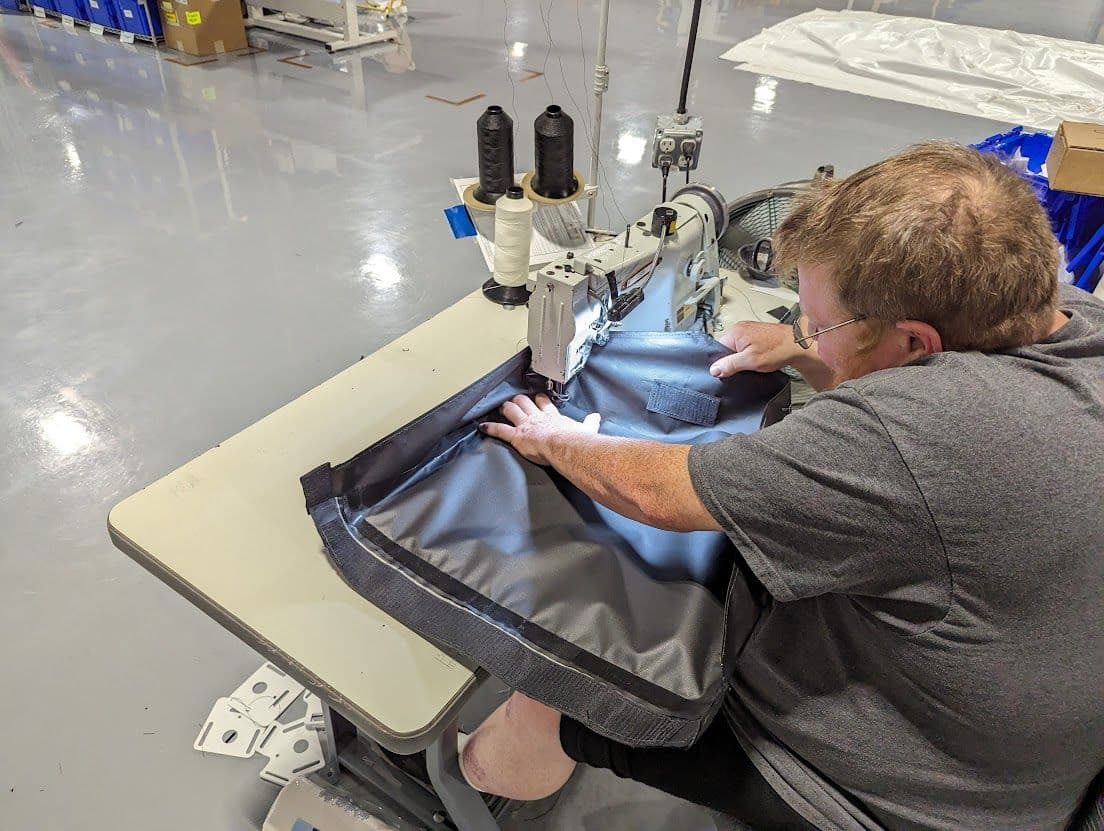
7. Can you describe how durability and resistance to contamination increase the recyclability of Renegade fabrics compared to traditional agricultural polyethylene films?
Renegade fabrics resist UV degradation and physical wear, unlike traditional PE films that degrade quickly in the field. Our woven structure reduces soil embedment and mechanical damage, making them cleaner and more valuable at end-of-life. Their strength also ensures they can be retrieved intact, facilitating recovery and recycling.

8. Renegade materials are currently virgin plastic-based. What are the key material performance thresholds that bio-based alternatives still fail to meet in your applications?
Current bio-based alternatives fall short on cost competitiveness, flexibility, and consistent supply chains. That said, polypropylene offers a more promising transition path: users who adopt PP-coated fabrics today are already set up for future bio-based PP alternatives, unlike those reliant on PVC systems.

9. From a systems perspective, how do your fabrics help mitigate the broader environmental and operational risks posed by microplastic release from conventional PE and PVC fabrics?
PE films are prone to rapid fragmentation into microplastics under UV exposure. PVC fabrics release toxic plasticizers and halogenated compounds that leach and flake over time. By contrast, our polypropylene fabrics are additive-light, UV-stable, and maintain integrity over their lifecycle, greatly reducing the risk of environmental contamination.
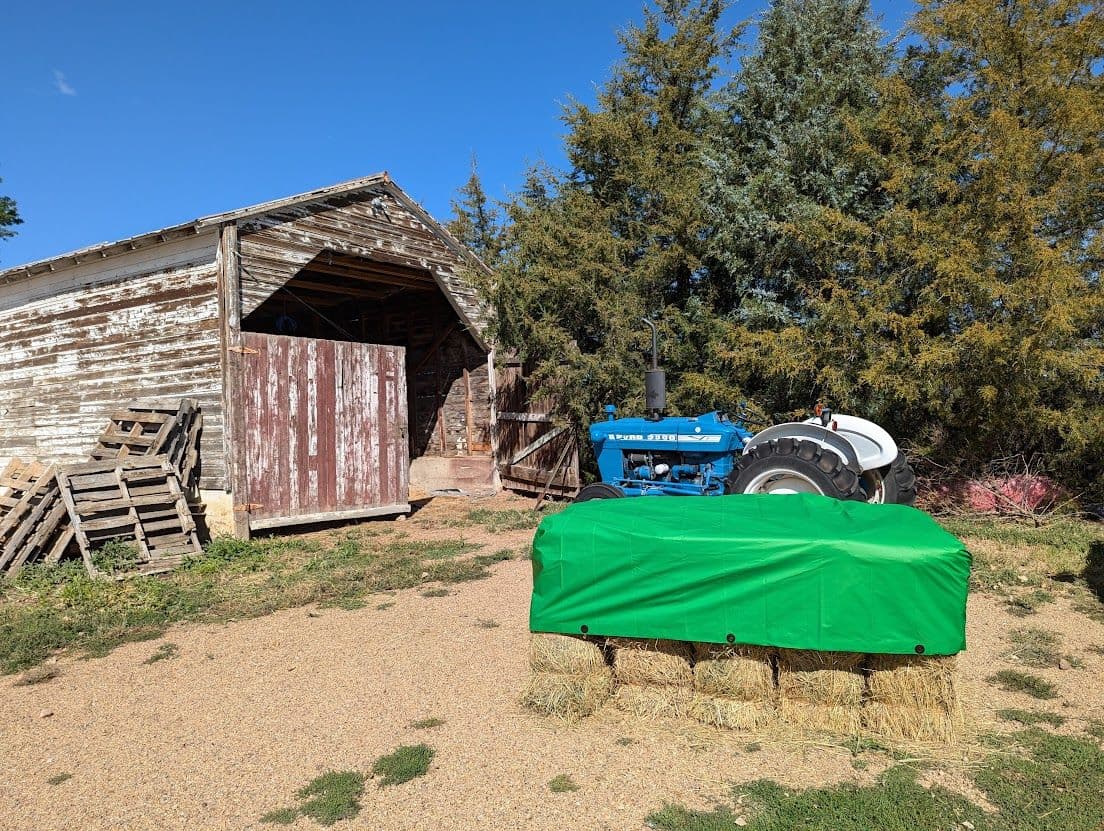
10. What innovations in coating or resin technology do you foresee accelerating the adoption of fully circular coated textile systems in industrial and agricultural sectors?
For industrial use, the key lies in developing non-toxic fire retardants that can either be recycled or removed. In agriculture, cost remains the barrier: although durable materials outperform cheap films over time, their higher upfront cost—often 50% more—is hard to absorb. Overcoming this will depend on both policy support and longer-term economic modelling to highlight the true lifecycle value.
